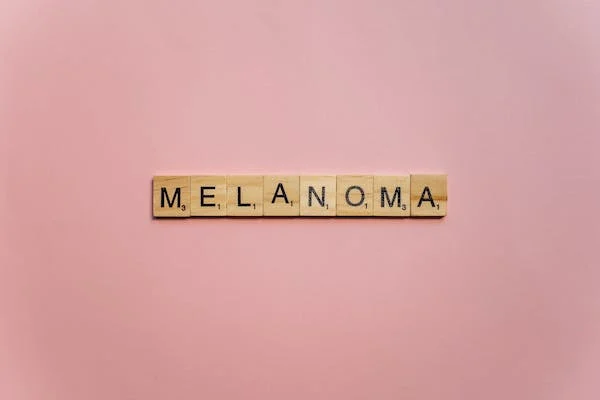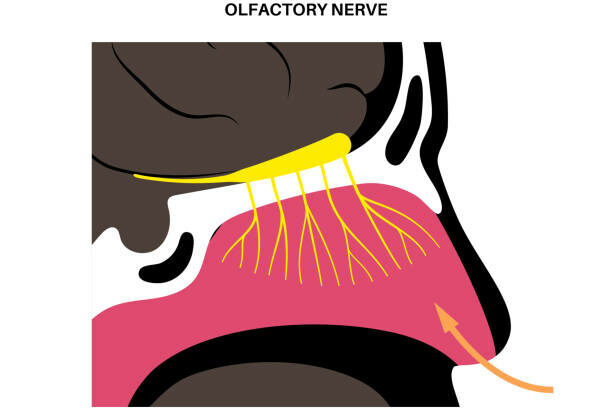Memory killer cells can improve survival for melanoma patients
Our skin contains specialised long-lived killer cells that protect against intruders. Researchers at Karolinska Institutet in Sweden and the University of Copenhagen in Denmark have now identified how these cells are formed, and shown that high levels of memory killer cells in cancer tissue correlate with a better survival rate in people with melanoma. The study is published in the journal Immunity.
Certain immune T cells called tissue-resident memory cells are formed locally in the skin and other tissue, and protect against infections that they have encountered before. Some of them express proteins that enable them to kill infected cells. These “memory killer cells” can also contribute to the inflammatory skin disorders vitiligo and psoriasis. Recent research has shown that they are also involved in the body’s immune response to various cancers.
Varying responses to treatment
The memory killer cells have been shown to respond to immunotherapy, a Nobel Prize-winning cancer therapy involving the tweaking/activation of the immune system. Immunotherapy is normally administered as a complement to other cancer treatments, and there is considerable variation in how patients respond to it.
“We don’t know so much about how and why memory killer cells are formed in the skin and what it means for cancer patients,” says Professor Yenan Bryceson at the Department of Medicine (Huddinge), Karolinska Institutet. “Finding out how these cells develop enables us to contribute to the development of more efficacious immunotherapy for diseases like melanoma.”
The study charted the development of memory killer cells in human skin, performed as a collaborative effort between KI researchers Beatrice Zitti and Elena Hoffer. The researchers isolated T cells from the skin and blood of healthy volunteers and used advanced techniques to examine gene activity and expression of different proteins. This allowed them to identify T cells in the blood with the potential to develop into memory killer cells in skin or other tissues. After knocking out specific genes, they could also demonstrate which genes are required for the maturation of memory killer cells in tissue.
More effective immunotherapy
The researchers then went on to study tumour samples from melanoma patients and found that those with a higher rate of survival also had a larger accumulation of epidermal memory killer cells.
“We’ve been able to identify several factors that control the formation of memory killer cells, which play an important part in maintaining a healthy skin,” says Liv Eidsmo, dermatologist and professor at the University of Copenhagen in Denmark and researcher at Karolinska Institutet in Sweden, who led the study with Professor Bryceson. “There’s a fine balance between effective protection against tumours and infections in the skin and contribution to inflammatory diseases like vitiligo and psoriasis.”
The researchers now aim to harness their findings to optimise the immunotherapy-induced T-cell response to make it even better at eliminating cancer cells in tissues.
The study was conducted in collaboration with the Karolinska University Hospital, Nordiska Kliniken and Vrinnevi Hospital. It was financed by grants from Novartis, the EU (Marie Skłodowska-Curie Actions), KI Foundations and Funds, the Swedish Research Council, the Ragnar Söderberg Foundation, the Swedish Medical Society, Region Stockholm (ALF scheme), the Swedish Psoriasis Foundation, the Swedish Dermatology Foundation, the Swedish Cancer Society, the Göran Gustafsson Foundation, Stockholm City Council, the Karolinska Institutet Centre for Innovative Medicine (CIMED) and the Knut and Alice Wallenberg Foundation. There are no reported conflicts of interest.
——————————————————————-
Full bibliographic information
Published on 02/06/2023 by Karolinska Institutet
Publication: “Human skin-resident CD8+ T cells require RUNX2 and RUNX3 for induction of cytotoxicity and expression of the integrin CD49a”.
Authors: Beatrice Zitti, Elena Hoffer, Wenning Zheng, Ram Vinay Pandey, Heinrich Schlums, Giovanna Perinetti Casoni, Irene Fusi, Lien Nguyen, Jaanika Kärner, Efthymia Kokkinou, Anna Carrasco, Jessica Gahm, Marcus Ehrström, Staffan Happaniemi, Åsa V. Keita, Charlotte R.H. Hedin, Jenny Mjösberg, Liv Eidsmo, Yenan T. Bryceson. Immunity,
DOI: 10.1016/j.immuni.2023.05.003.
https://doi.org/10.1016/j.immuni.2023.05.003





